I don’t know where to start with the Boston journeys… so I will start at the first Pilgrim landing: New England’s colonial beginning and the arrival of the Mayflower in the United States.
Sending the Mayflower across the ocean with settlers aboard wasn’t the first attempt at founding a settlement in America; nor even the second or third. But the arrival of the Mayflower in Plymouth signalled the beginning of Pilgrim life in New England.
This particular piece of history starts with Martin Luther, John Calvin, and the Protestant Reformation in Europe; however, religious turmoil in England didn’t really heat up until Pope Clement VII refused to grant Henry VIII an annulment for his marriage to Catherine of Aragon. This is when Henry VIII chose to break from Rome and create the Church of England. For almost a century after this, religious turmoil engulfed England and drove the path for the future of world history (and a confusing knot of terminology: non-separating independents, separatists, dissenters, nonconformists, reformed, Calvinists, Congregationalists, Puritans, ranters, Muggletonians, Zwinglians…etc).
The Pilgrims were separatists, a group of English worshippers who did not agree with the view that people belonged to/needed to worship in a pre-assigned church. They felt that people with common faith should be allowed to meet wherever they chose and create their own church (and not be told where to go by the state); this laid the foundation for congregationalism. This is not to be confused with the Puritans, who were the non-separating Independents exiled from England during the reign of Elizabeth I for their Protestant beliefs. Puritans settled in America a decade after the Pilgrims.
More specifically, the Pilgrims were Brownists, meaning they followed the teachings of Robert Browne, a leader in the separatist movement. Facing persecution, the Pilgrims chose to leave England in 1608 for Holland, a place where they could practice their religion in freedom. However, once in the Netherlands they feared losing their autonomy and raised the capital needed to fund the 1620 journey to the New World.
The Mayflower is the ship that they used to sail to America. This tiny little ship took 65-days to carry 102 passengers and a crew across the Atlantic. When they first arrived it was in Provincetown Harbor on November 21, 1620 (east of Plymouth); however, violent encounters with Indigenous Americans, sickness, and a damaged pinnace kept most passengers on the Mayflower until it found its way to Plymouth Bay and made the iconic landing at Plymouth Rock. It was here that the Pilgrims built a settlement that I’ll write about in a different post.
It’s not known what happened to the original Mayflower after Captain Jones‘ death; in oral history, it is a common belief that it was broken down and used to build the Mayflower Barn in Buckinghamshire, England.
The Mayflower II found in Plymouth is a reconstruction of the original, built-in Brixham, Devonshire, England (1955) to commemorate the wartime collaboration between England and the United States. The ship has a working crew who actively see to the ship’s upkeep and periodically take the ship on short adventures. The vessel is also used in the filming of educational programs, most recently National Geographic’s film on the Mayflower’s voyage across the Atlantic.
Next: Plimoth Plantation
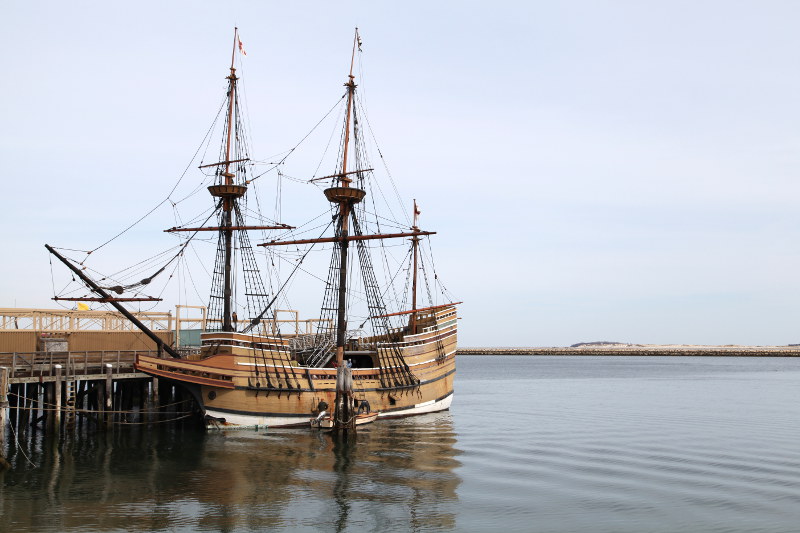
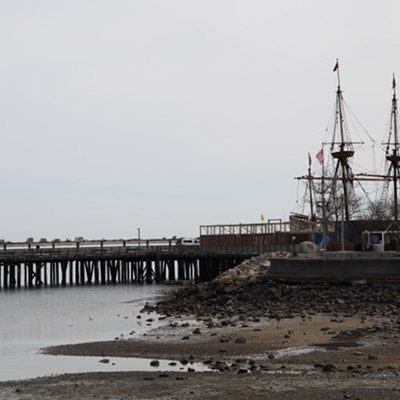
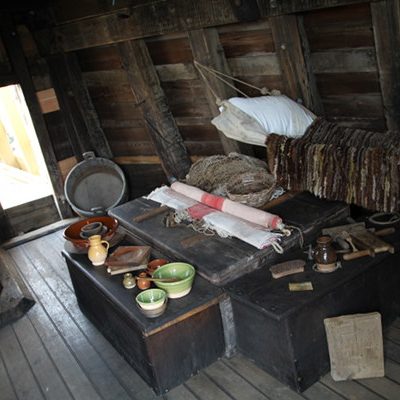
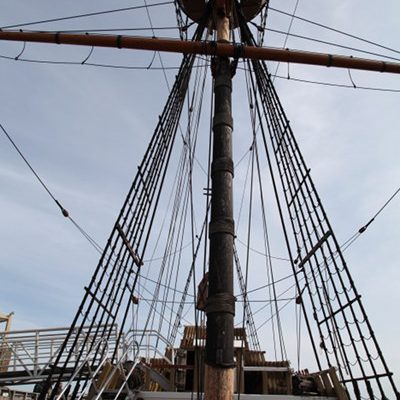
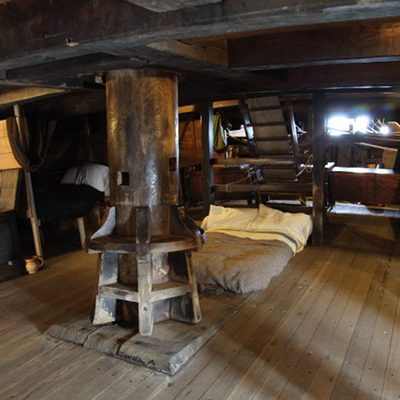
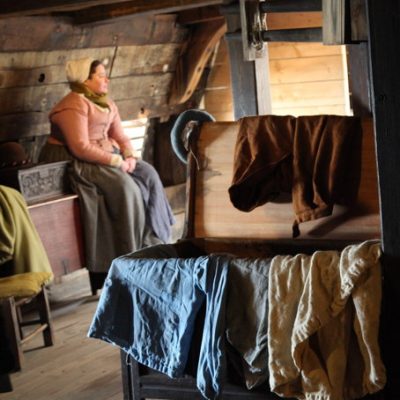
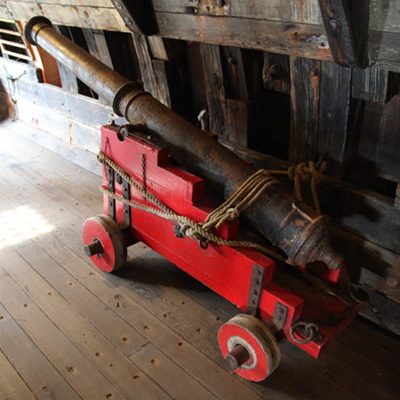
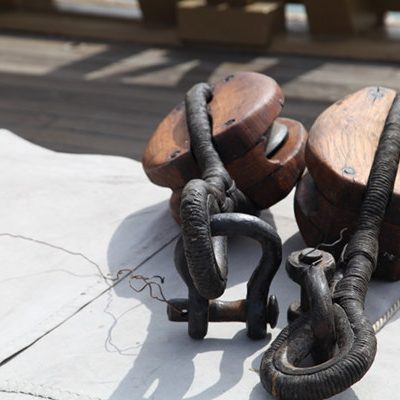
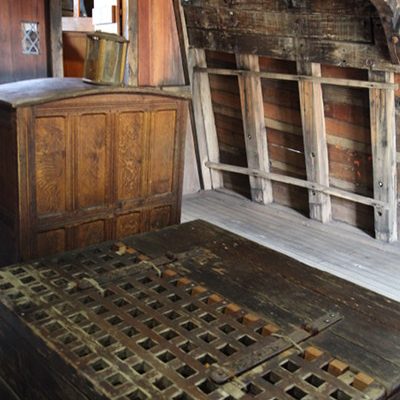
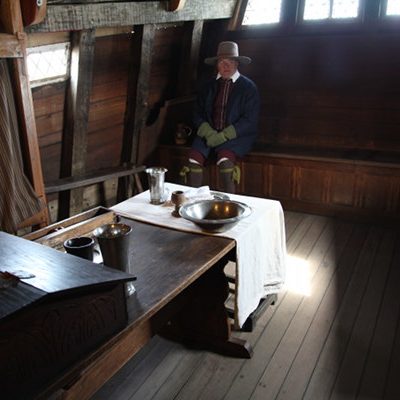
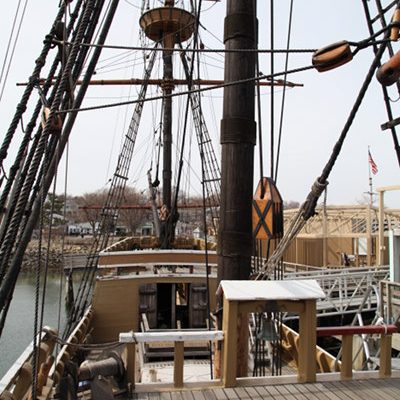
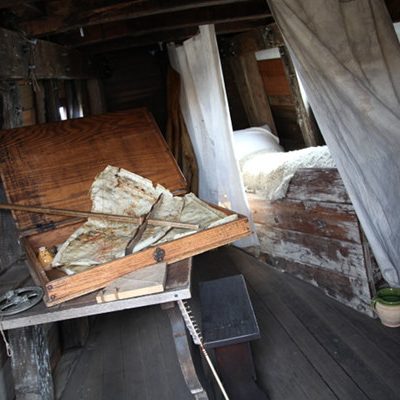
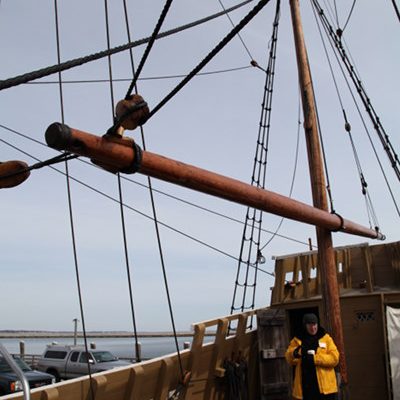
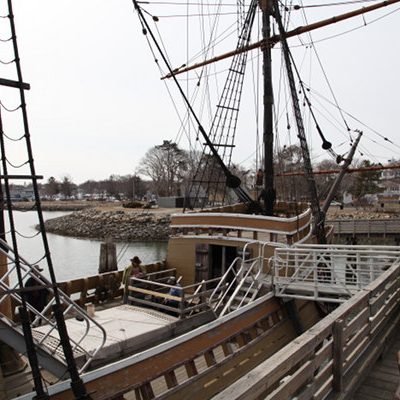
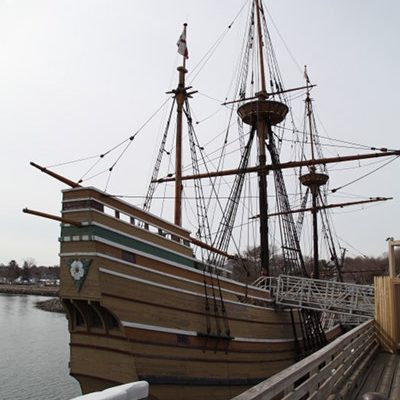
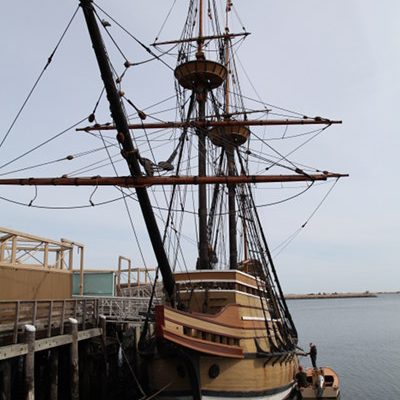
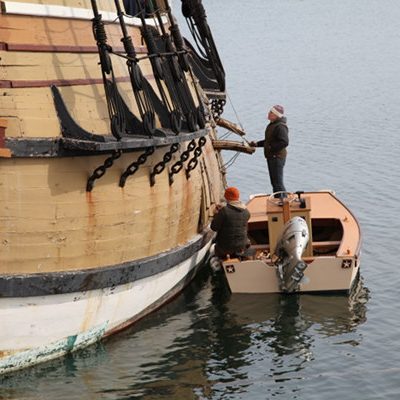
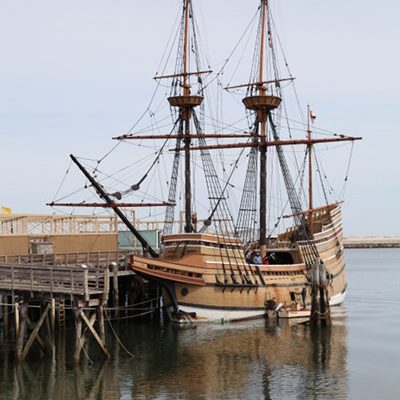
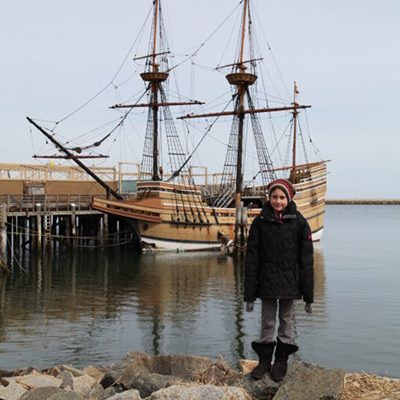
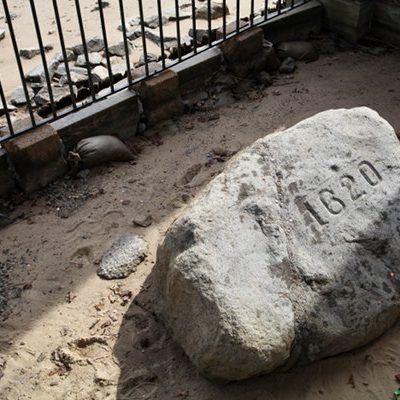
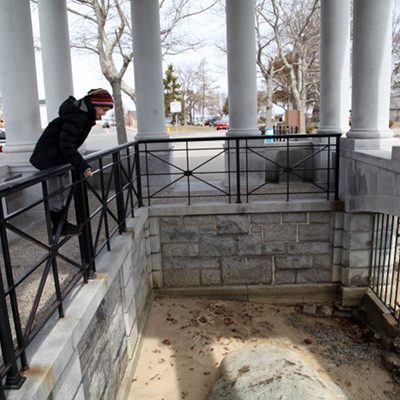
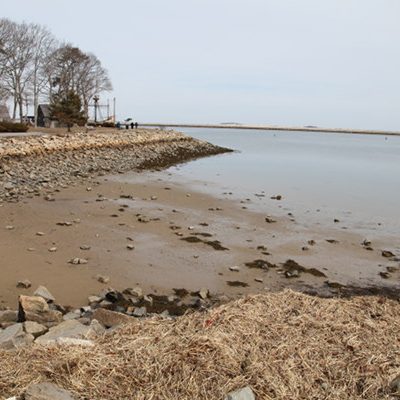
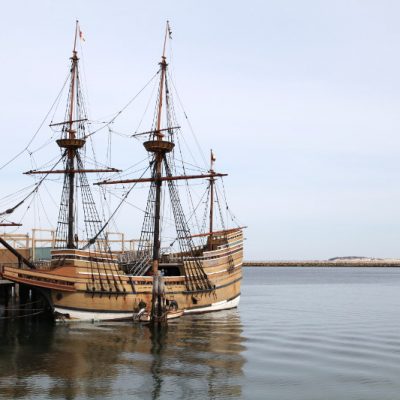
0 comments on “The Pilgrims and the Mayflower”Add yours →